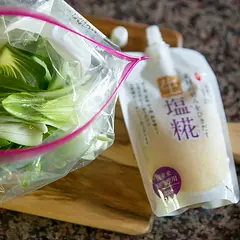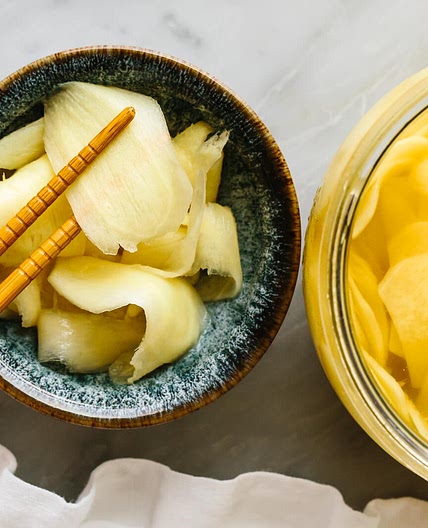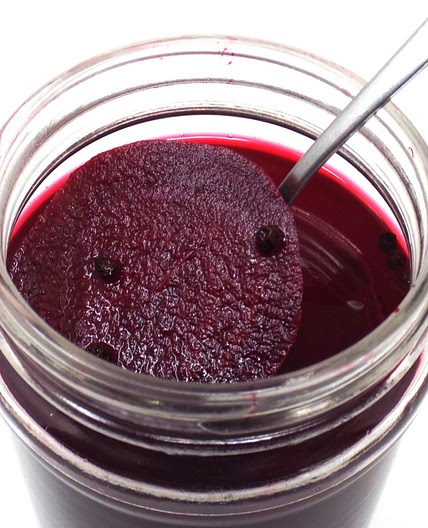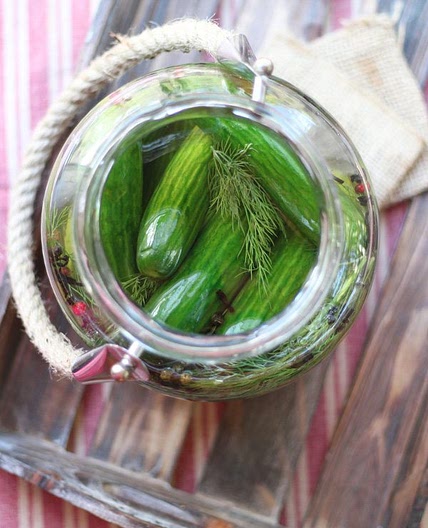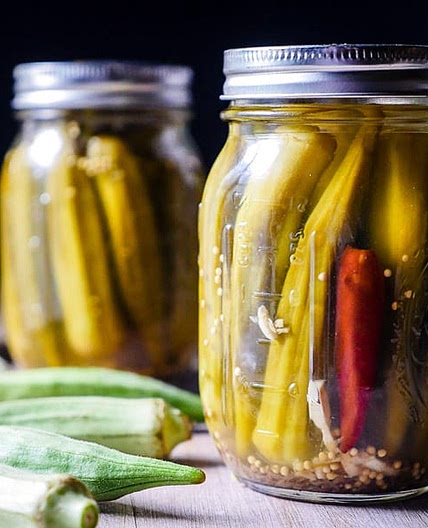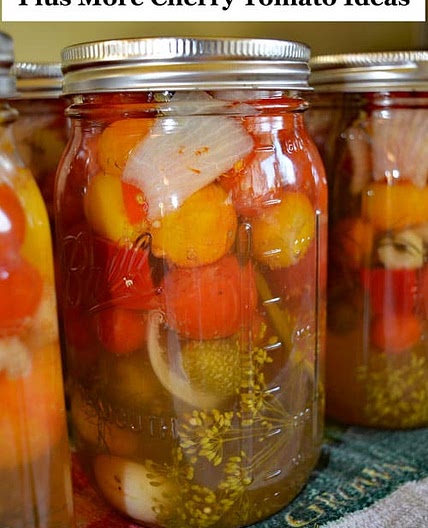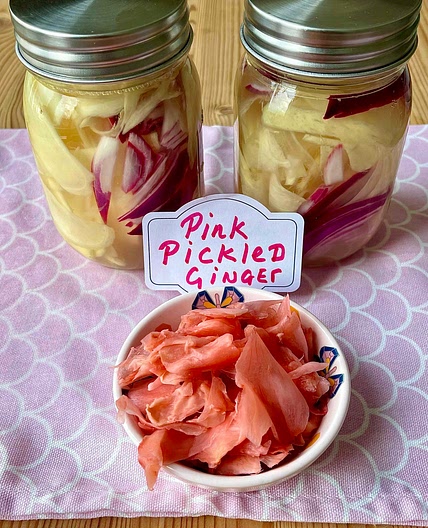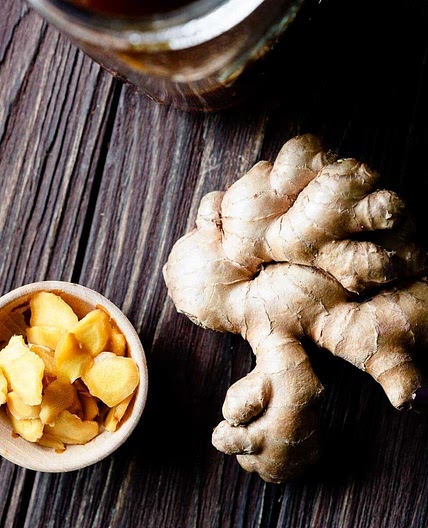
1/2

2/2
100%
1
By Katya Lyukum
Tsukemono | Kojizuke Radishes
4 steps
Prep:5minCook:8h
SHIO KOJI
Koji culture has many uses. Not only is it necessary in fermentation, but when combined with other ingredients, it can be used for flavoring, curing, and preserving foods. Shio koji is a mixture of steamed rice treated with koji mold spores, salt (shio, sea salt 35% of koji), and water (during the fermentation process, water becomes brownish).
The enzymes contained in shio koji break down proteins to pull out umami flavors, and this process also contributes to tenderizing meat and fish. The enzymes also decompose starches to draw out the sweetness from ingredients.
ASAZUKE
Asazuke (浅漬け “shallow pickling”) is a quick pickling method. The word also refers to the vegetables pickled in this manner, which retain more of the fresh taste of the vegetable. Commonly used vegetables are turnips, daikon, napa cabbage, cucumbers, and eggplant.
Updated at: Sat, 04 Nov 2023 15:09:25 GMT
Nutrition balance score
Unbalanced
Glycemic Index
50
Low
Glycemic Load
3
Low
Nutrition per serving
Calories30 kcal (2%)
Total Fat0.1 g (0%)
Carbs6.9 g (3%)
Sugars5.1 g (6%)
Protein1.2 g (2%)
Sodium485.4 mg (24%)
Fiber1.1 g (4%)
% Daily Values based on a 2,000 calorie diet
Instructions
Step 1

Wash, cut into smaller pieces or score vegetables.
Step 2
Combine vegetables and shio koji in a ziplock and shake well.
Step 3

Transfer vegetables into a straight-sided container. Add a weight to keep vegetables submerged. It protects the mixture from contamination with unwanted bacteria.
Step 4

Refrigerate and allow 1 to 3 days for the flavor to develop. Consume within one week.
